In the spirit of Eddie Van Halen, some tips on creating your own unique tone monster (but with more trial and less error).
Everyone knows he changed the way we play the instrument. But it’s less celebrated that Eddie Van Halen first changed the instrument itself. By cobbling together the limbs and innards of dead gear, he gave the Strat new life, turning it into a fire-breathing metal monster—a new species, known as the FatStrat. He dared to tinker. And in doing so, he revealed that the wizard behind the pickguard is merely a few wires and solder—not so mysterious after all. Today, Van Halen’s “Frankenstein” is a representation of his ascendancy into rock stardom, and subsequent transformation into a brand, with replicas fetching more than $20,000. It’s a testament to the power of trial and error (not to mention the failure of metalheads to grasp the concept of irony).
But even though Ed did it with trial and error, it doesn’t mean we can’t refine the process. Here are 20 tinkering tidbits I’ve learned so far, with the burn scars to prove it. I hope you find this helpful as you make your own monster to unleash on an unsuspecting audience without breaking the bank. Feel free to leave your own nuggets of DIY wisdom and survival stories in the comments section.
1. Get a good soldering iron ($30)
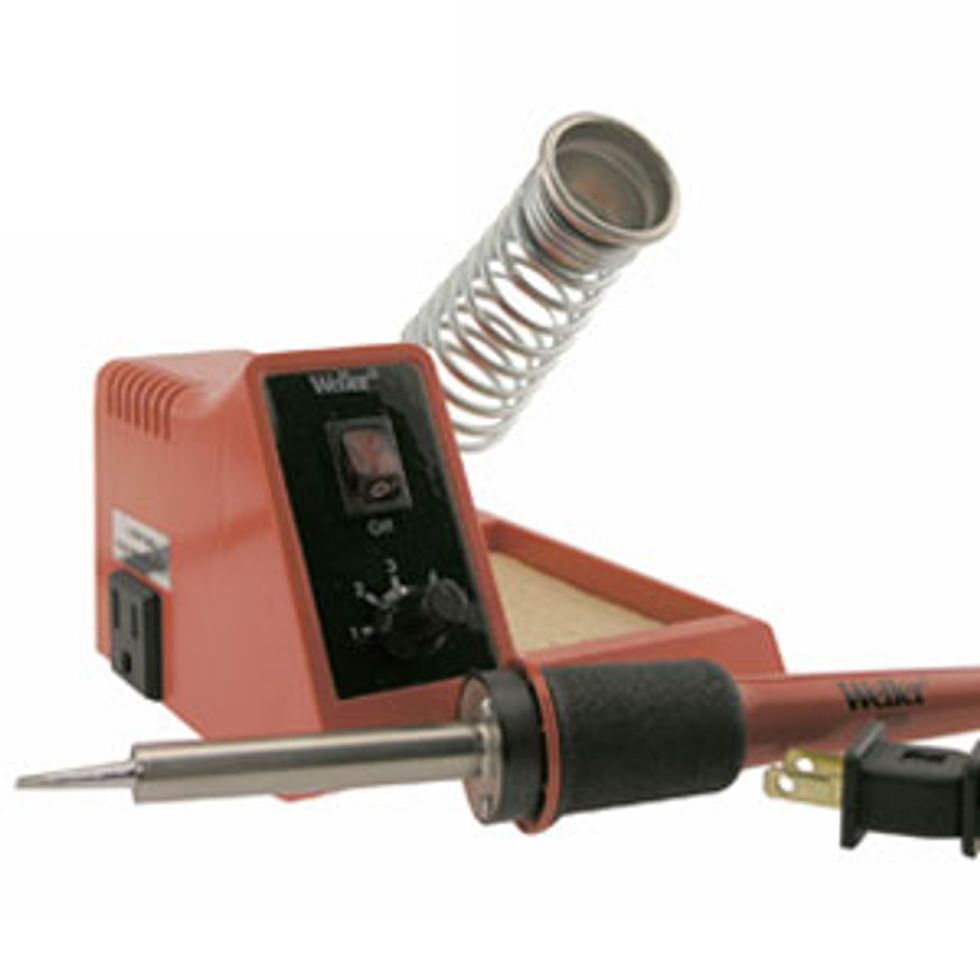
2. Always de-solder ($1.53–$15)
Unless you’re starting from scratch, chances are you’ll need to remove old solder to apply the new stuff. I prefer de-soldering braid, but they also make cheap de-soldering pencils that work like irons, but with a suction pump. Be mindful of where you leave it when plugged in as they often come without holders and heat up like a mother. That’s how the castle burned down in Bride of Frankenstein.
3. Use 60/40 rosin core solder ($3.95)
It figures that the best solder would be made from the worst stuff—lead. Rumor has it that rosin core is scheduled to be banned, so get it while you can. Always solder in a well-ventilated area, and/or get a good gas mask. If the lead scares you, try heating up some McDonald’s fries with a burning cigarette. I’m sure that works just as well.
4. Use heat sinks and save your pots ($0.99–$5)
Small, copper alligator clips will suffice for guitar electronics work, or you can buy a larger one specifically designed for this application. Either way, before soldering, clip it to the component to draw excess heat away to prevent frying the circuitry. If using the small clips, remove them with needle-nose pliers to avoid battle scars.
5. Keep sandpaper on hand ($1–$5)
When grounding pickups and/or claw wire (for vibratos), lightly sand the hosting metal so the solder sticks. If you’re a fussy neat freak, ring terminals are also an option, available at RadioShack for cents. I prefer the standard method of using the tops of pots, now that I’m getting to be a better solderer.
6. Heat shrink tubing is your friend ($2.99–$14.95)
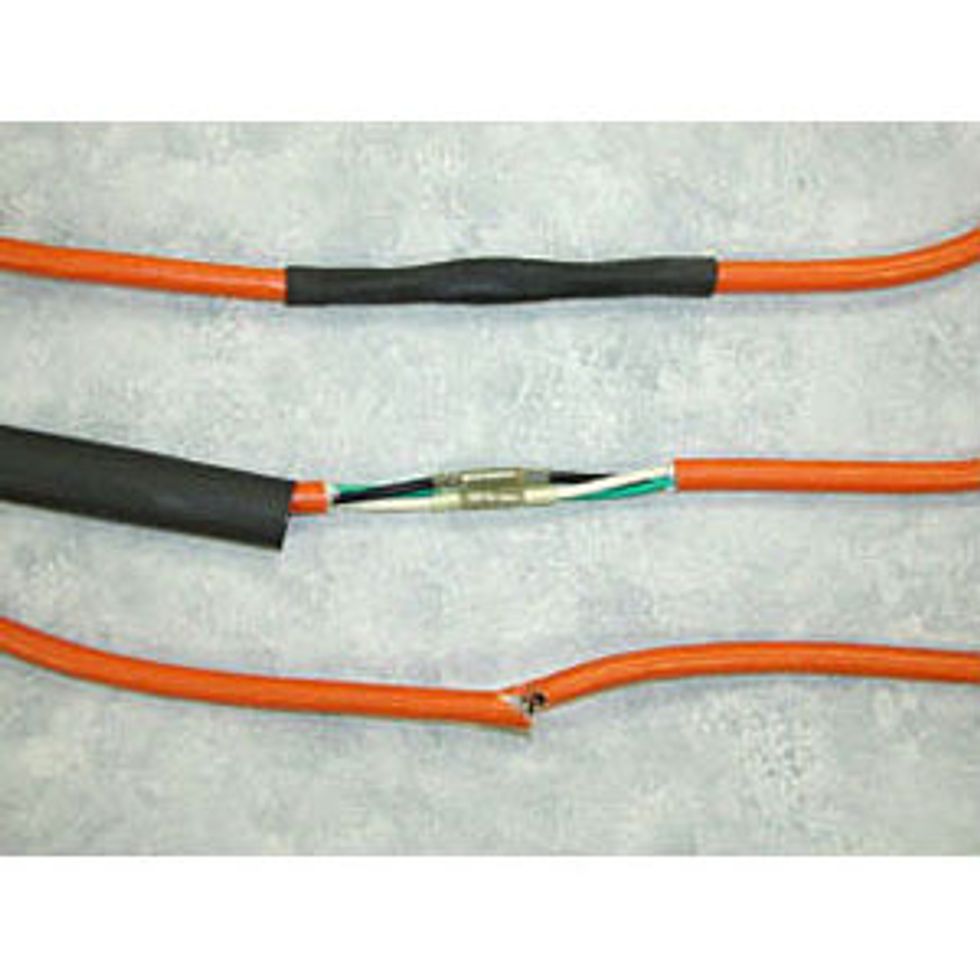
7. 4-wire humbucker = 4 tones ($20–$150)
Why not swap out your two-lead humbuckers with newer 4-lead pickups? The extra leads will allow you to split the coils, put them in series or parallel, or change the phase with a simple $3 DPDT switch from RadioShack.
8. Practice on cheap parts ($20–$100)
You can get 4-lead humbuckers on eBay from Hong Kong for $20 and fully wired pickguards for under $50. Make sure they are open-coiled. If they’re capped, they’re probably epoxy-filled and unalterable.
9. Install a kill switch ($1.99)
Otherwise known as an ON/OFF momentary switch. It’s the easiest mod to execute (see our how-to here), and will help build confidence. If you mess this up, check with your doctor—you may be a drummer.
10. Save them phone cables (free with purchase)
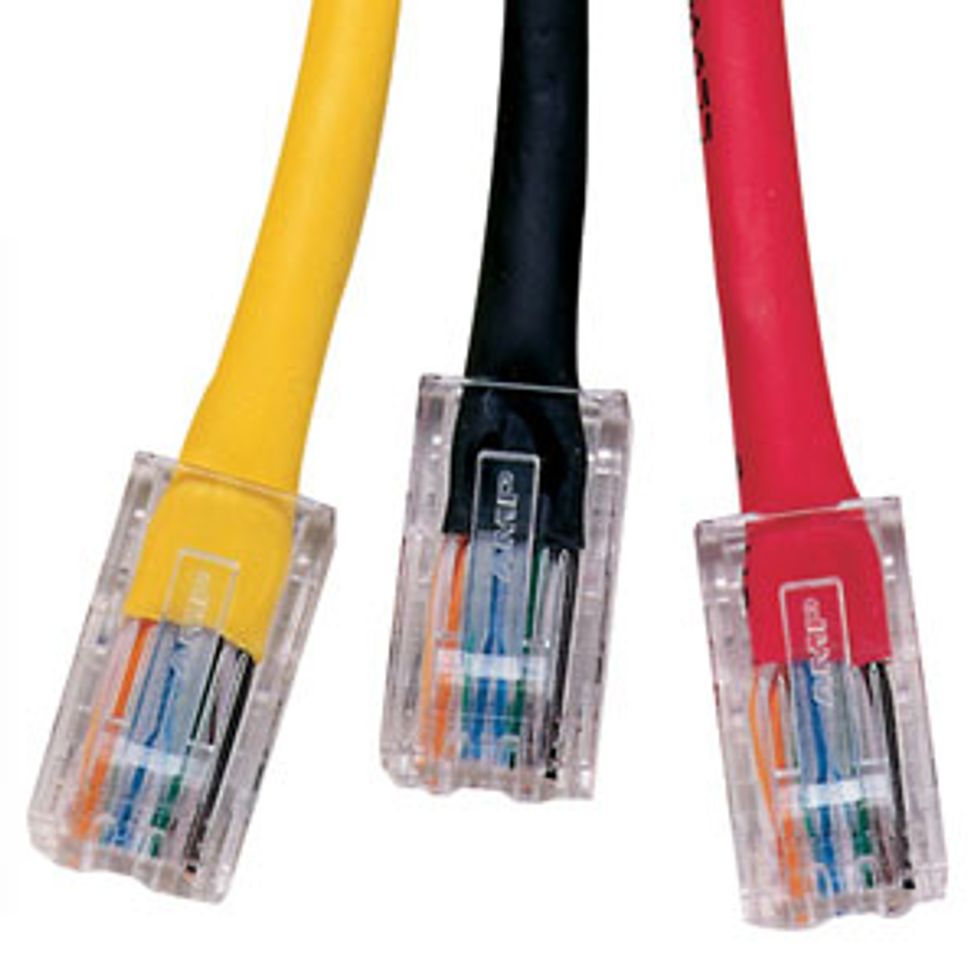
11. Ask for directions (time and pride)
Speaking of online forums, you can find a wealth of information and support online, so don’t be afraid to join an online community before you start. Chances are, you’ll find an answer to every electronics question, no matter how lame. I’m a member of the aforementioned guitarnuts2.proboards.com forum—they’re remarkably patient with novices.
12. Heavy metal matters ($40–$100)
If you’re a whammy bar enthusiast like myself, check your tone block (the alloy slab through which you pass the strings). If the block is thin, the bridge is crap. Replace it with a steel or brass block. Or, better still, a titanium one, and say hello to sustaaaaaaiiiiiiiiiin. Ironically, titanium is not heavy metal, but the sustain it delivers is pure Tufnel.
13. Don’t fall for pickup sorcery ($10)
Don’t assume ceramic bar magnet pickups suck before trying them. You can find a set of Chinese, single-coil pups that are hotter than vintage ones for the cost of a three-item plate at Panda Express. Leo Fender would be proud to install them because they’re utilitarian and sound perfectly fine. Tone is a matter of variables.
14. Swimming pool or hot tub? ($50)
Check the body’s routing cavity before starting a mod. If you’re modding a USA Strat, the Alder body will be routed for single-coil-sized pups. So if you want to install a humbucker, make sure it’s the right size. Or, buy a cheaper Agathis body with a “swimming pool” route to allow for any combo of pups and wires. Tonally, it’s like Alder, though some believe the reduced mass affects tone. Maybe, but on the flip side, they’re sausage-finger accessible.
15. Invest in a fretting kit ($40–$200)
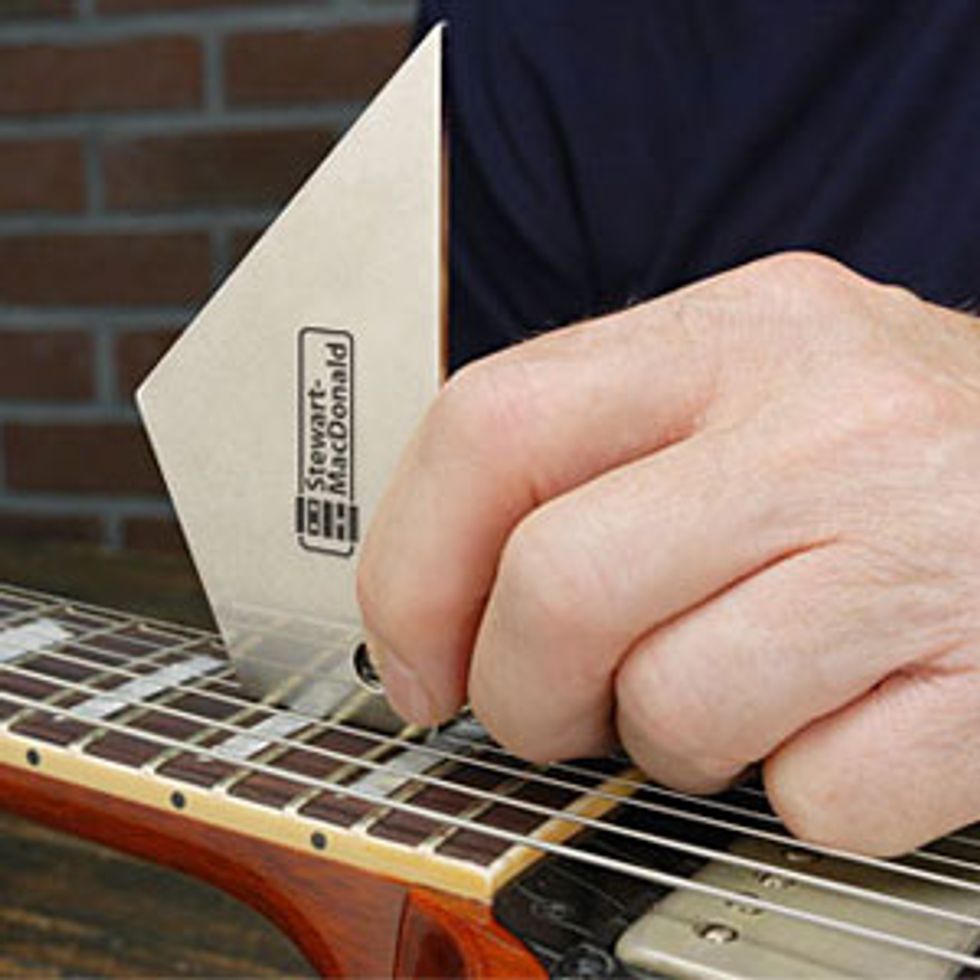
16. Mini-pots require big skills ($5)
Cheap guitars often come with cheap mini-pots (though not all mini-pots are cheap). On the one hand, they allow room for more switches. But they’re also a soldering nightmare if you’re not a whiz with an iron. I prefer full-sized CTS pots. And I now wear a magnifying visor (see tip No. 19) having blown my eyesight thanks to mini-pots.
17. Switch your switch ($15)
If you play a cheap guitar, it came with a cheap switch. Replace it with a good one. Check Allparts, Stewart-MacDonald, or eBay for good, American-made switches.
18. Avoid the Floyd ($50–$200)
If you own a USA-made Fender Strat, for the love of God, don’t install a Floyd Rose (like I did). They eat tone, not to mention the value of your guitar. Besides, you can sound just as dated with a good Fender bridge and some Big Bends Nut Sauce. (Remember that Eddie went unlocked for the first three albums.) Or check out the Super-Vee system, which requires no extra routing and can be removed at anytime to revert to your stock setup. If you have a Floyd, replace the tone block with a brass or titanium one from Floyd Upgrades, or K-T-S.com. “And watch your sustain go to eleven,” claims Nigel Tufnel.
19. Get a magnifying visor ($5–$25)
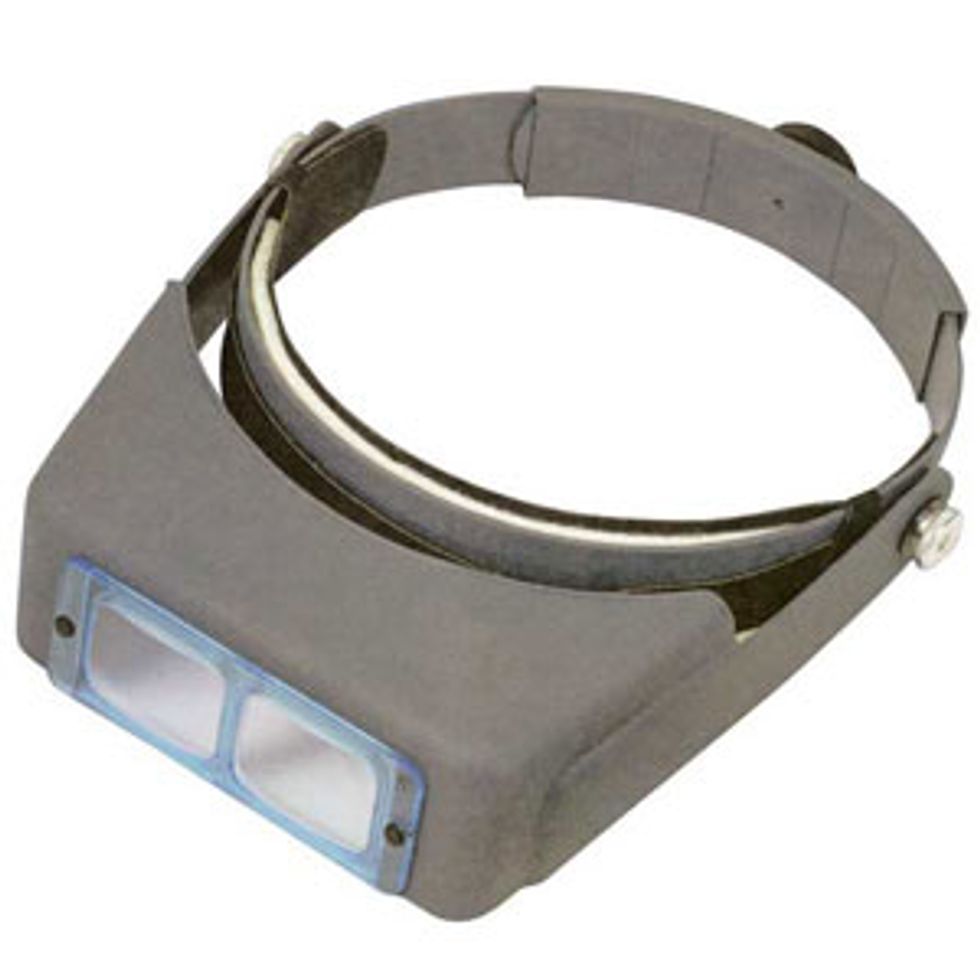
20. Remember how it all started (free)
Always refer back to Eddie’s Frankenstein for inspiration. It’s a testament to the fact that you don’t need to know what you’re doing to know what you’re doing. And who knows? Maybe one day, a repro of your hunk of junk will fetch $20,000.

